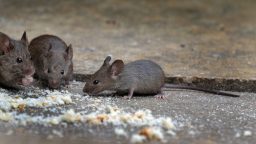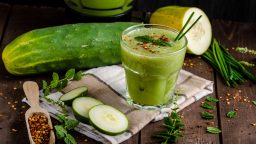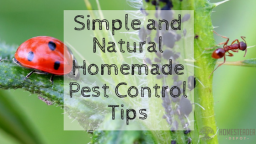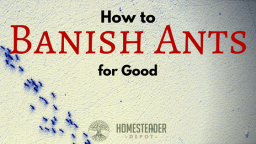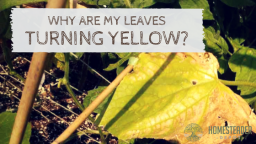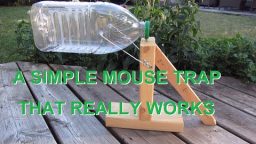Mice can be the bane of the homestead pantry, and feed shed, and garden, and…well, you get the idea.
One thing that is important to understand is you will never have only one. You may see only one, but there where there is one there is the potential for dozens more. With a very short breeding cycle, mice can overrun a food source in a matter of weeks if left to their own devices.
For many of us, the first reaction to the idea of mice is to go out and buy some chemical bait that will get rid of the problem as quickly as possible.
However, especially if you are living in the country, on a homestead, or even just in the suburbs and have a cat, you’ll want to avoid this initial instinct.
Poisoned mice can also poison the natural predators that eat them. That could be any bird of prey included in the local wildlife like hawks and owls. It could also be a danger to the family cat. Instead, consider one of the options listed below.
Repel them with Aromatherapy
Mice don’t like the smell of peppermint or mothballs. Even if you don’t have any signs of mice yet, a good preventative measure after filling any holes or crevices they can get in with is to lay out peppermint leaves or spray peppermint essential oil in all the areas they are likely to try to gain access. You can also soak cotton balls in the essential oil for a stronger and longer lasting odor.
Place mothballs in the areas they may try to gain access to as well as scatter them around the outside of any building you want to prevent them from going into.
Free-Range Chickens
Chickens are very good at pest control, sometimes even better than cats are. If you are able to let your chickens run free-range outside the areas you want to keep mice out of, they will provide a natural and deadly “barrier” for your home or garden.
Would you like to build anything you want out of wood without expensive tools or a large woodshop? It’s fun and easy — Check it out here>>>
Good Old-Fashioned Snap Traps
Not just the fodder of classic animated TV characters, snap traps are an easy and inexpensive method for clearing out your new “neighbors” and protecting your pantry.
Bait the traps with peanut butter, place them in areas mice will be but will be out of the way of children’s fingers and set them. Check regularly to see if you’ve caught something and dispose of immediately, so you don’t end up with the smell of a decomposing body.
The 5 Gallon Bucket and Water Method
Take a spare brown paper grocery bag or heavy-duty paper and cut out a circle cover that is 2-3 inches wider in diameter than your five-gallon bucket, then use a utility knife or Exacto knife to cut 2 slits in the center of the paper in the form of an X. Fill the five-gallon bucket approximately half-way with water. Lay the paper over the top of the bucket and tape it securely into place by folding down the overlapping paper.
Spread a few dabs of peanut butter in the center area of the cover and place the bucket in an area the mice can reach it. When they move across the paper cover toward the peanut butter, they will fall through the X in the middle and drown.
Happy Hunting!
There you have it, from essential oils and free eggs there are ways to keep mice from overrunning your property that won’t run the risk of polluting the environment or leave you with unwanted casualties.
